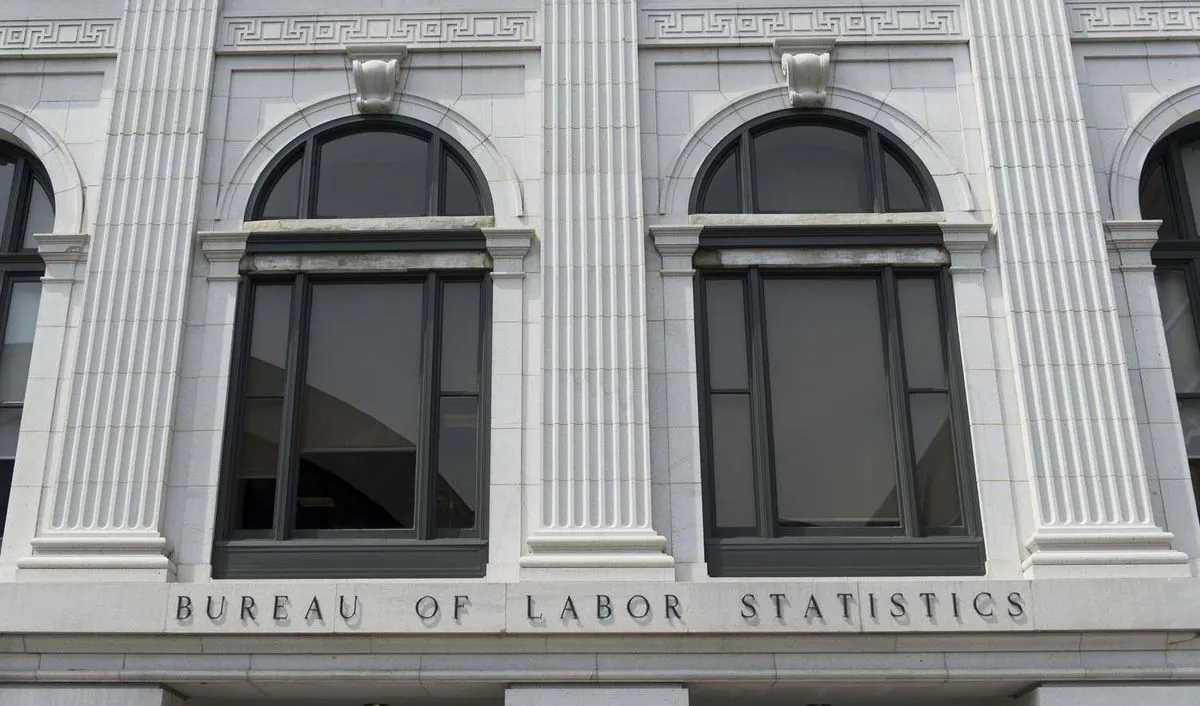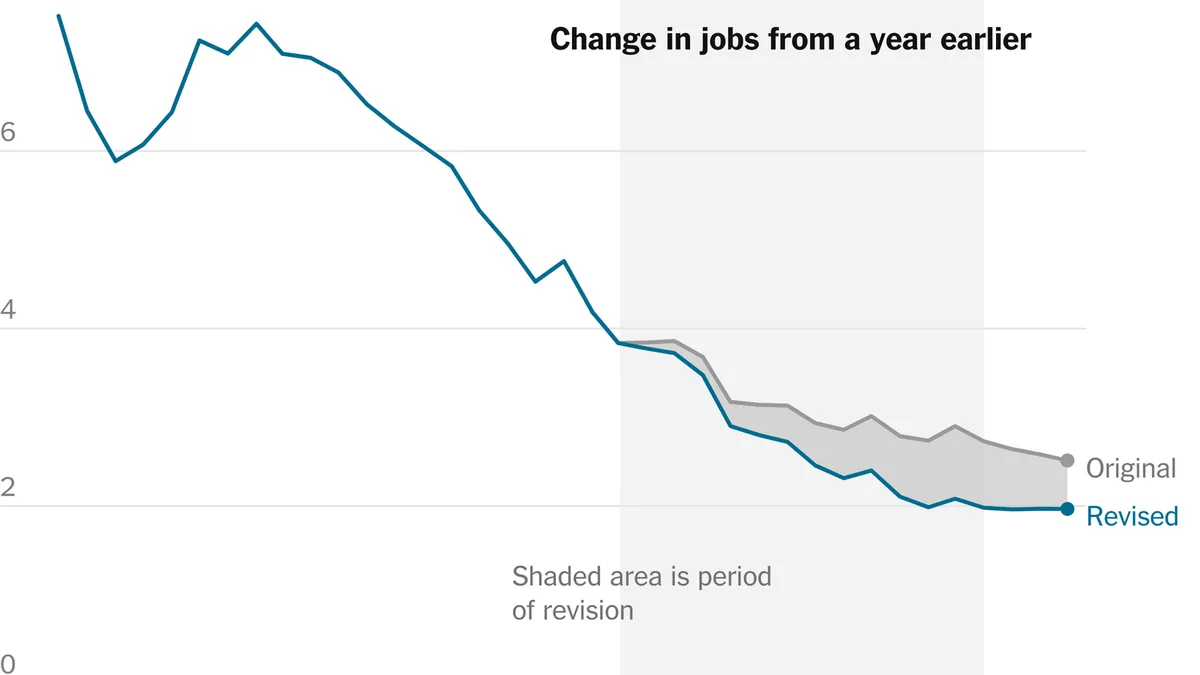BLS Job Data Revision Sparks Controversy: Understanding the Numbers
Recent Bureau of Labor Statistics employment data adjustment prompts debate. Experts explain routine revisions and compare job growth under different administrations, emphasizing data interpretation importance.

The Bureau of Labor Statistics (BLS) recently released a preliminary adjustment to its employment data, sparking a heated debate about job statistics and their interpretation. This revision, suggesting approximately 818,000 fewer people were employed in March than initially reported, has drawn attention from various quarters, including former President Donald Trump.
The BLS, established in 1884, routinely conducts such adjustments to ensure accuracy in representing the state of the economy. These revisions are part of a long-standing practice dating back to the inception of the Current Employment Statistics program in 1915. The agency utilizes a sample survey of about 144,000 businesses and government agencies to estimate monthly changes in employment.
Donald Trump characterized this adjustment as a "massive scandal," accusing the current administration of manipulating job statistics. However, it's crucial to understand that similar revisions occurred during Trump's presidency without controversy. For instance, in August 2019, a downward adjustment of over 500,000 jobs was made without allegations of fraud.

Experts emphasize that these adjustments are standard procedure and not indicative of deliberate manipulation. The BLS conducts an annual benchmark revision to align survey-based estimates with more comprehensive data. This process ensures the most accurate representation of employment trends over time.
"What's important to keep in mind here is that the adjustment also doesn't do much to address the broader point Trump wants to make. He hopes to insinuate that there's some conspiracy to misrepresent the numbers, yes, but that's obviously false given the explanation above."
When comparing job growth under different administrations, it's essential to consider broader trends. Data indicates that since January 2021, approximately 15.8 million more people are working compared to the start of the current administration. Even accounting for the recent adjustment, this figure remains significantly higher than the job growth during the previous administration's tenure.
It's worth noting that employment statistics have played a crucial role in shaping economic policy throughout U.S. history. The Employment Act of 1946 made full employment a goal of federal economic policy, while the Humphrey-Hawkins Full Employment Act of 1978 set a specific target of 3% unemployment for adults.
Understanding the nuances of BLS data is crucial for policymakers, businesses, and researchers making important economic decisions. The monthly Employment Situation report, released on the first Friday of each month, provides valuable insights into the labor market's health.
In conclusion, while employment data revisions may spark debate, they are an integral part of ensuring accurate economic representation. As the BLS continues its work, initiated nearly 140 years ago, the focus should remain on understanding and interpreting these statistics in their proper context.


































